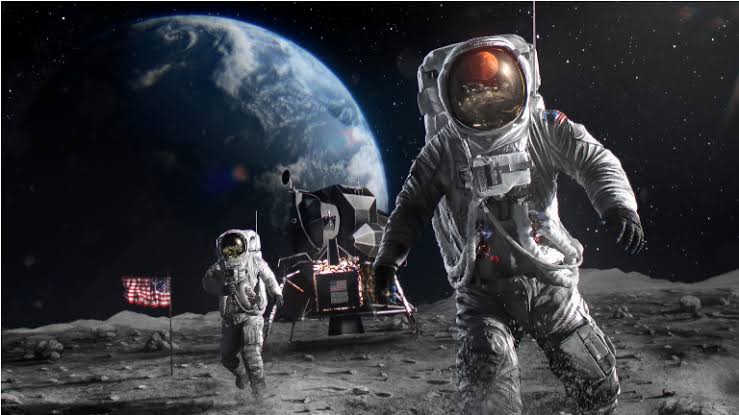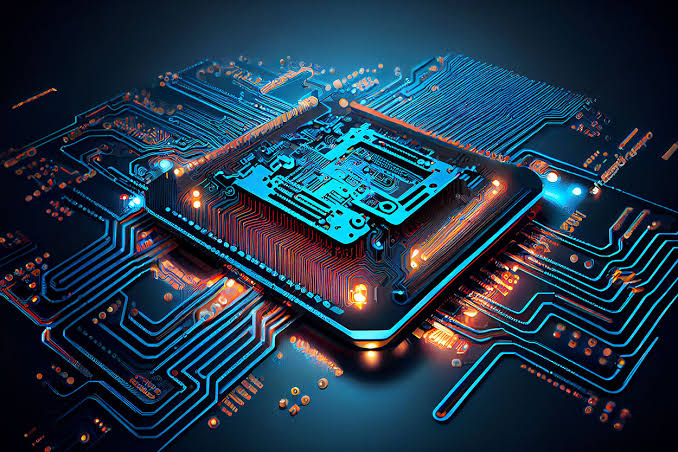As of 2025, space exploration is changing fast. Plans include living on Mars, mining asteroids, space tourism, and studying planets more closely. Countries and companies are speeding up technology for these goals. They are motivated by science, money, the environment, and politics. The future of space travel will rely on new technologies to handle the tough conditions of space.
Private Sector Revolution in Space Exploration
One of the most significant changes in recent years is the dominance of private enterprises in space missions. Companies like SpaceX, Blue Origin, and Rocket Lab are no longer just contractors for governments—they are pioneers setting their own exploration goals.
Key developments include:
- Reusable rocket systems that drastically reduce the cost of launches
- Commercial spaceflights offering civilian trips into low Earth orbit
- Private lunar missions and cargo delivery contracts with NASA and ESA
- Mega-constellations of satellites for global internet and Earth monitoring
This privatization has opened space exploration to new business models and has significantly increased launch frequency and innovation speed.
Lunar and Martian Colonization Plans
NASA, in collaboration with SpaceX and international partners, aims to establish a sustainable human presence on the Moon through the Artemis program. Meanwhile, SpaceX’s Starship project is being developed for Mars missions with a long-term vision of human settlement.
Key technologies being developed include:
- Habitat modules capable of supporting life on the Moon and Mars
- In-situ resource utilization (ISRU) systems to extract water and oxygen from lunar or Martian soil
- Radiation shielding technology to protect humans from cosmic and solar radiation
- Advanced propulsion systems to reduce travel time across the solar system
By the mid-2030s, crewed missions to Mars are anticipated, setting the stage for multi-planetary habitation.
Next-Generation Propulsion Technologies
To reach deep space destinations faster, space agencies are investing in more efficient propulsion systems beyond traditional chemical rockets.
Notable developments include:
- Ion propulsion which uses electric fields to accelerate ions, offering higher efficiency for long-duration missions
- Nuclear thermal propulsion (NTP) which promises faster travel to Mars with reduced fuel needs
- Solar sails that use photon pressure from the sun to navigate space without fuel
- Fusion propulsion research which could one day unlock near-light-speed travel
These propulsion systems will be crucial for interplanetary missions and future asteroid exploration.
Robotics and AI in Deep Space Missions
Robotic systems and artificial intelligence are becoming integral to space exploration, especially in hazardous or remote environments.
Roles of robotics and AI include:
- Autonomous rovers like Perseverance on Mars, performing complex terrain navigation and geological studies
- Robotic arms and drones assisting astronauts during extravehicular activities and construction
- AI-driven mission planning tools to optimize trajectories, energy use, and risk mitigation
- Maintenance bots on space stations or lunar habitats to conduct repairs and diagnostics
These technologies reduce the dependency on real-time human control, making deep space operations safer and more efficient.
Space Tourism and Commercial Orbiting Stations
Tourism in space is no longer science fiction. Suborbital and orbital flights for civilians are now being sold by companies like Virgin Galactic and Blue Origin, with longer stays aboard private space stations under development.
Emerging trends include:
- Luxury orbital hotels planned by Axiom Space and other startups
- Spacewalk experiences for trained tourists
- Microgravity research labs for private industry and academic institutions
- Telepresence and VR integration for earth-based participants to explore space virtually
These advancements are expected to make space more accessible to non-astronauts in the coming decades.
Advancements in Space Communication
Deep space missions require robust and low-latency communication systems. As missions venture farther from Earth, new communication methods are being developed.
Current improvements include:
- Laser-based optical communication systems, offering faster data transfer than traditional radio waves
- Interplanetary internet protocols to maintain stable connections across vast distances
- Quantum communication research for secure and instantaneous data transfer in future missions
- Swarm satellite networks that relay information from deep space back to Earth with minimal delay
These innovations are critical for real-time mission support, especially for crewed journeys to Mars and beyond.
Space-Based Energy and Resource Extraction
As humans expand into space, the need for sustainable energy and resource sources is essential. Various technologies are being researched to harness and utilize space-based resources.
Key innovations include:
- Solar panel arrays in orbit to beam energy to Earth or power stations on the Moon
- Asteroid mining technologies designed to extract precious metals and water from near-Earth objects
- Lunar mining for helium-3, a potential fuel for future fusion reactors
- Closed-loop life support systems to recycle water and air for long-term missions
The ability to generate and utilize resources in space will drastically reduce dependency on Earth supply chains.
Climate Observation and Planetary Defense
Space technologies are also being used to better understand Earth and protect it from celestial threats.
Technological advancements include:
- Satellite constellations monitoring climate change, deforestation, and ocean health in real time
- Asteroid tracking systems capable of identifying potentially hazardous near-Earth objects
- Planetary defense tests like NASA’s DART mission to deflect asteroids
- AI-enhanced satellite imagery for faster and more accurate disaster response
Space-based observation systems will play an increasingly vital role in global sustainability and disaster prevention.
International Collaboration and Space Diplomacy
The future of space exploration relies heavily on global cooperation. Joint missions and research alliances are helping reduce costs and accelerate progress.
Recent examples of collaboration:
- NASA and ESA partnerships for Mars sample return missions
- China and Russia lunar base plans, inviting multiple nations to participate
- Africa’s growing role with the African Space Agency and satellite development
- International space treaties being updated to address private sector participation and space resource ownership
Cooperation will be essential to managing space responsibly and avoiding militarization or territorial conflicts.
Conclusion: A New Era of Exploration
Space exploration is no longer confined to distant dreams or government labs. As of 2025, it is rapidly becoming a multi-sector endeavor with practical implications for humanity’s future. From reusable rockets to interplanetary missions, the innovations expected over the next decade will redefine our relationship with the cosmos.
These technological advancements are not only about going farther but also about making space more useful, sustainable, and accessible. The age of exploration is entering its most dynamic chapter yet—and it promises to take all of humanity along for the ride.




cqmov2